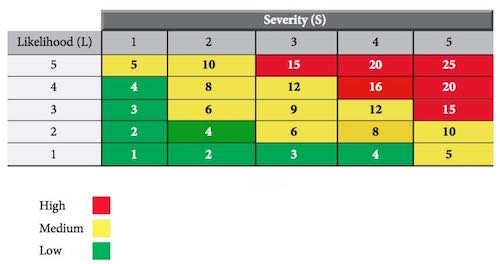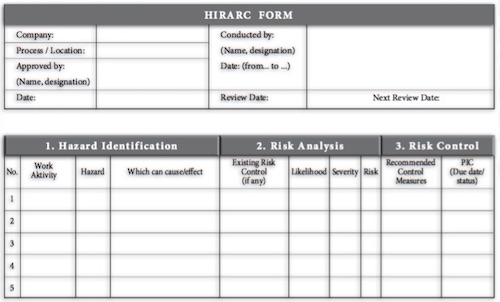Industrial hygiene has been defined as "that science and art devoted to the anticipation, recognition, evaluation, and control of those environmental factors or stresses arising in or from the workplace, which may cause sickness, impaired health and well-being, or significant discomfort among workers".
There has been associate awareness of industrial hygiene as early as the fourth century B.C. The atmosphere and its relation to worker health was recognized when noted lead toxicity within the mining industry. It has continued to improve until the beginning of the 20th century in the U.S when efforts have been made to improve industrial hygiene. Industrial conditions are observed and startled mine owners, factory managers, and state officials with evidence that there is a connection between sick workers and exposure to toxins. Additionally, final proposals are proposed to eliminate unhealthful working conditions.
Industrial hygienists use environmental observation and analytical strategies to discover the extent of employee exposure and use engineering, work apply controls, and different ways to manage potential health hazards.












